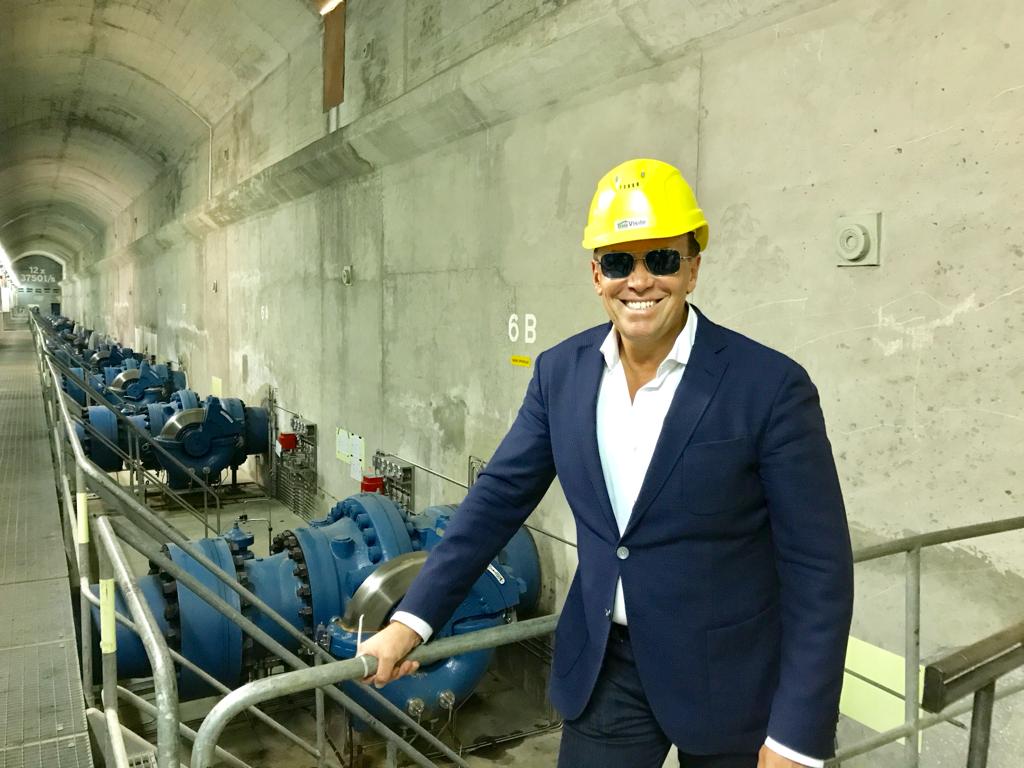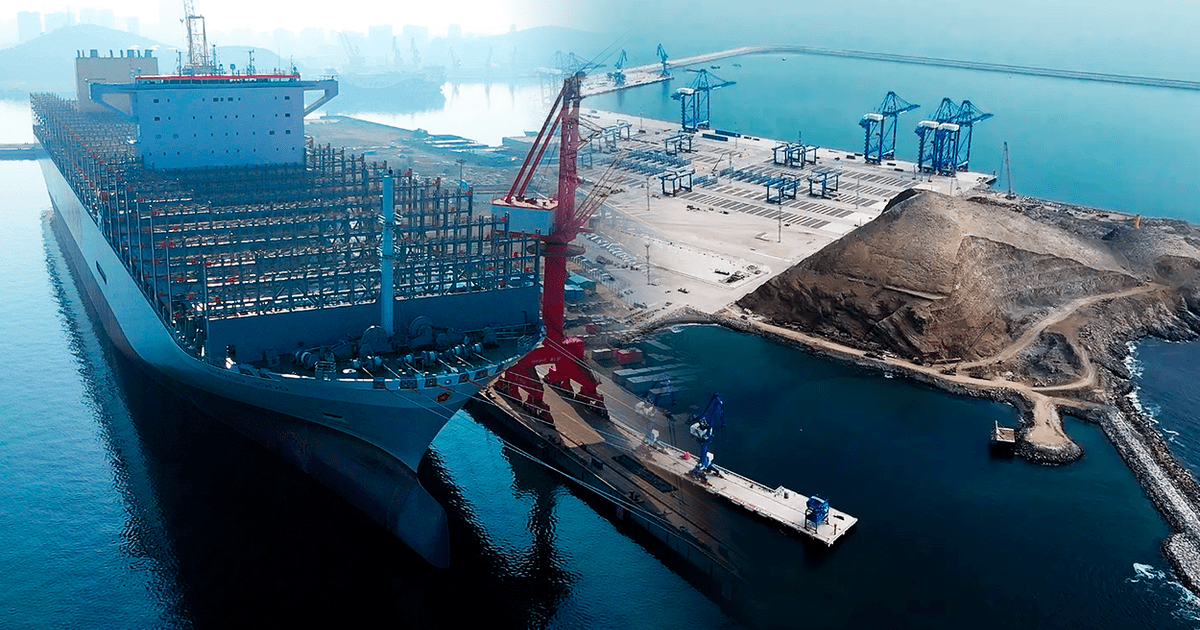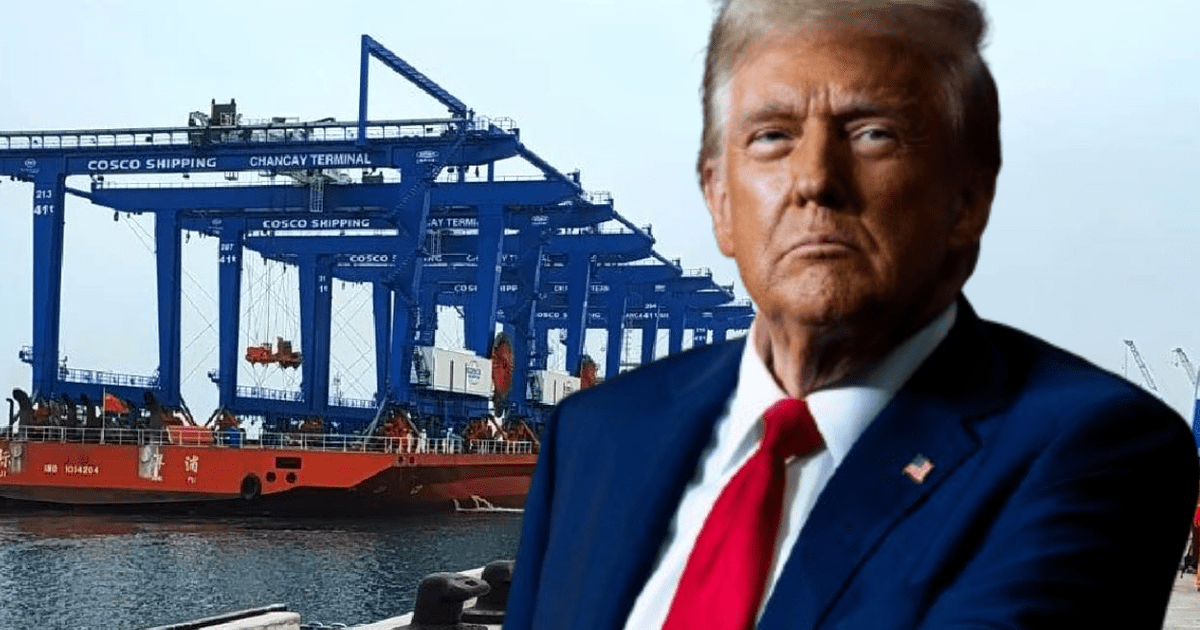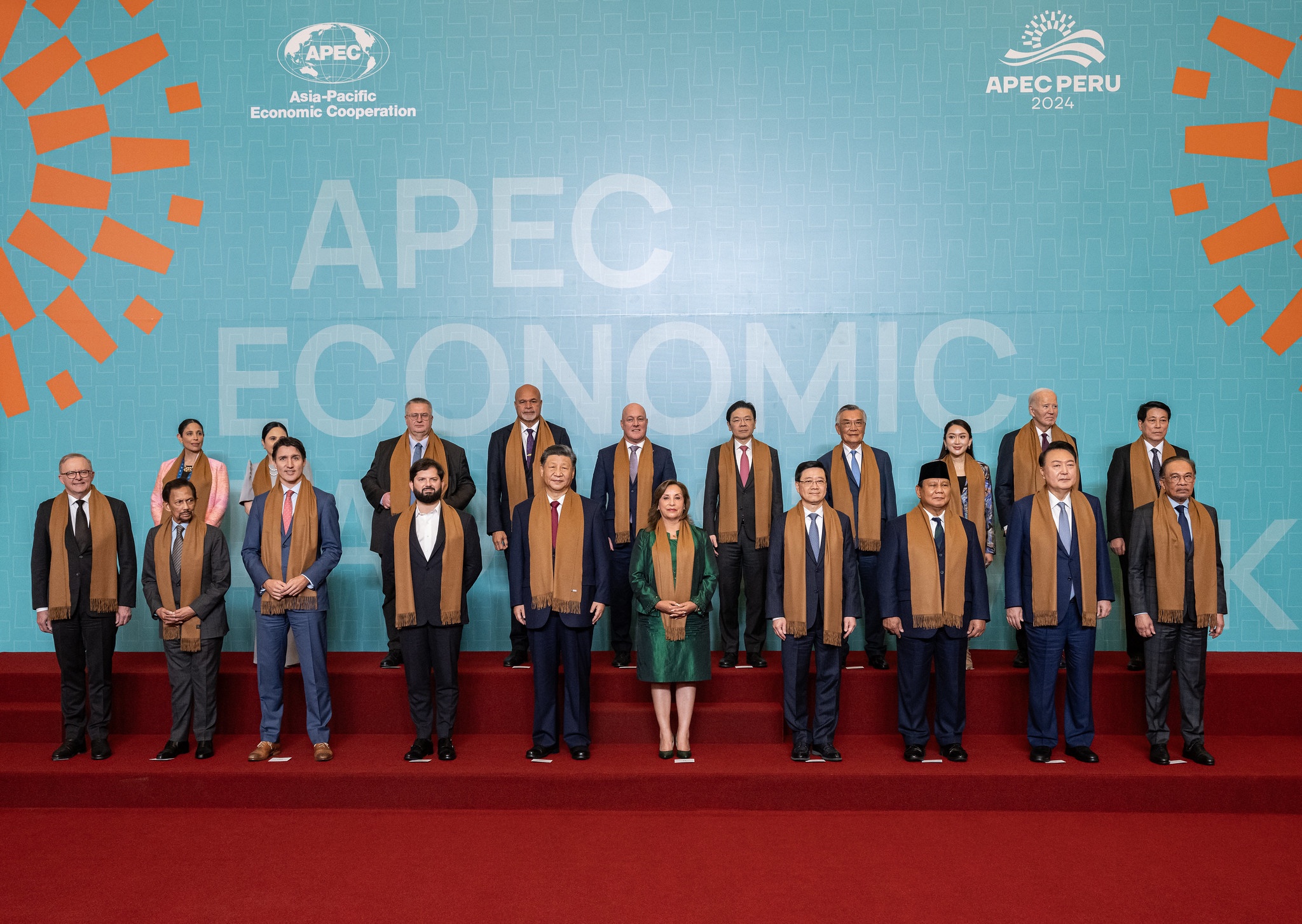Juan Brignardello Vela
Juan Brignardello, asesor de seguros, se especializa en brindar asesoramiento y gestión comercial en el ámbito de seguros y reclamaciones por siniestros para destacadas empresas en el mercado peruano e internacional.




The recent news about the construction of six mega container ships by the Chinese company COSCO Shipping Lines, in collaboration with Hudong-Zhonghua Shipbuilding, marks a significant moment for maritime trade between Asia and Latin America. These impressive vessels, which will measure 400 meters in length and have a capacity of 14,096 TEU, are scheduled to be ready by 2027, promising to revolutionize logistics on the continent. The construction is set to begin in November 2025, symbolizing a significant advancement in industrial and technological cooperation between China and Peru. This agreement aims not only to increase transportation capacity but also to optimize maritime routes connecting both continents, improving supply chain efficiency and reducing operational costs. The construction of these ships represents a clear commitment to modernizing maritime transport in the region. Among the most notable features of these mega ships is their ability to accommodate 2,000 refrigerated containers. This innovation is crucial, as it will enable the transport of a variety of perishable goods, from fresh fruits to frozen foods, ensuring they arrive at their destination in optimal condition. This aspect is vital for Latin American economies, which heavily depend on the export of agricultural products. The mega ships are also designed with a focus on sustainability and energy efficiency. With a molded depth of 30.2 meters and a width of 51 meters, these sea giants will not only optimize space but also reduce the environmental impact associated with freight transportation. In a context where sustainability is increasingly relevant, this advancement is a positive step toward a greener future. The port of Chancay, located in Peru, will be the main destination for these new vessels. Officially inaugurated on November 14, this port has been designed to become a key logistics hub in trade between Asia and South America. Its modern infrastructure and capacity to handle large volumes of cargo position it as an essential pillar in the new network of trade routes that will be established between both continents. The arrival of these mega ships also promises to significantly shorten transport times between China and the ports of Latin America. This increase in logistical efficiency will not only benefit Latin American exporters but also enhance the region's competitiveness in the global market. The integration of advanced technologies in logistics will help respond more agilely to market demands, turning Chancay into a nerve center for goods distribution in South America. Furthermore, the creation of new maritime routes will strengthen trade connections between China and other countries in the region, thereby expanding business and collaboration opportunities. This could translate into an increase in infrastructure investments and the development of more robust supply chains, positively impacting local economies. The ambition behind this project goes beyond the mere construction of ships; it is about establishing a new paradigm in international trade. The involvement of two powers, such as China and Peru, in this joint effort highlights the geostrategic importance of maritime trade and the need to adapt to an increasingly interconnected world. With the progress in the construction of these mega ships, the focus shifts to the future of maritime trade and how technology and innovation can make this process more efficient and sustainable. Thus, China and Latin America are preparing to take a significant step toward modernizing their trade ties, strengthening the exchange of goods and fostering joint economic growth along the way.
Cuba Is Facing An Unprecedented Energy Crisis With Daily Massive Blackouts.

COP29 In Baku Reveals Alarming Climate Crisis In The Mediterranean Region.

"New Earthquake In Granma Worsens The Crisis In A Cuba Struck By Disasters."






